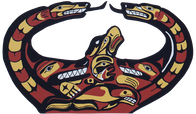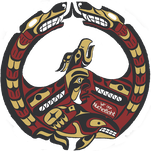Community Gatherings, News and EventsHighlighting our community gatherings and events with the members of Nuchatlaht Tribe
|
Contact Information FormNuchatlaht Tribe is working hard at trying to get updated contact information for all our members. This will make it easier for us to inform you all on what's going on.
|
Download FormsApplication forms for: School Supplies, Patient/Medical Travel, Direct Deposit, and Emergency Funding.
Please submit all finished applications to the Band office for processing. |
Annual ReportsHere we discuss our year in review and what we look forward to for our future.
|
-
HOME
-
ABOUT US
-
FOR MEMBERS
-
COMMUNITY PLANNING
-
FISHERIES
<
>
© 2024 Nuchatlaht
P.O Box 40 | Zeballos B.C | Canada | V0P 2A0
Phone: 250-332-5908 | Fax: 250-332-5907
P.O Box 40 | Zeballos B.C | Canada | V0P 2A0
Phone: 250-332-5908 | Fax: 250-332-5907
NUCHATLAHT DOES NOT ACCEPT ANY PHONE CALLS, MAIL, EMAIL etc, FROM ANY SOLICITATORS/TELEMARKETERS




















